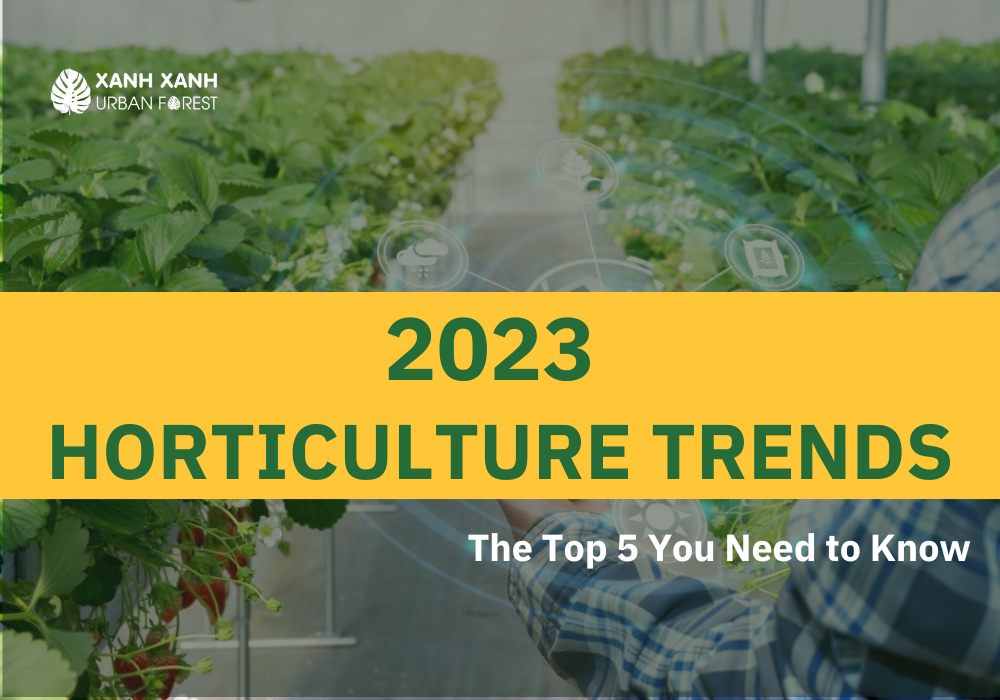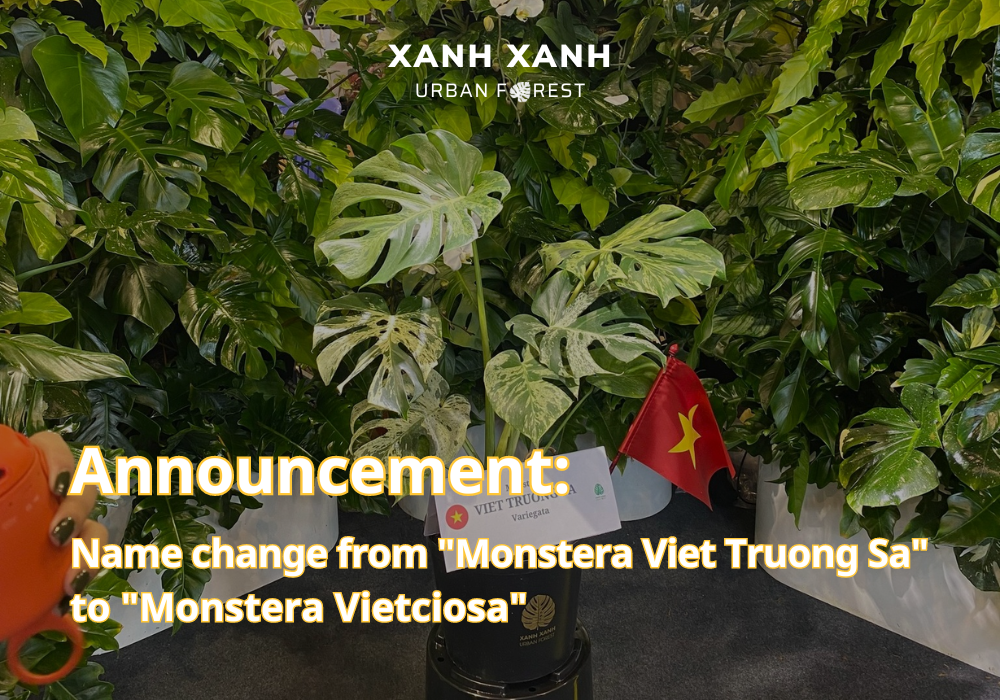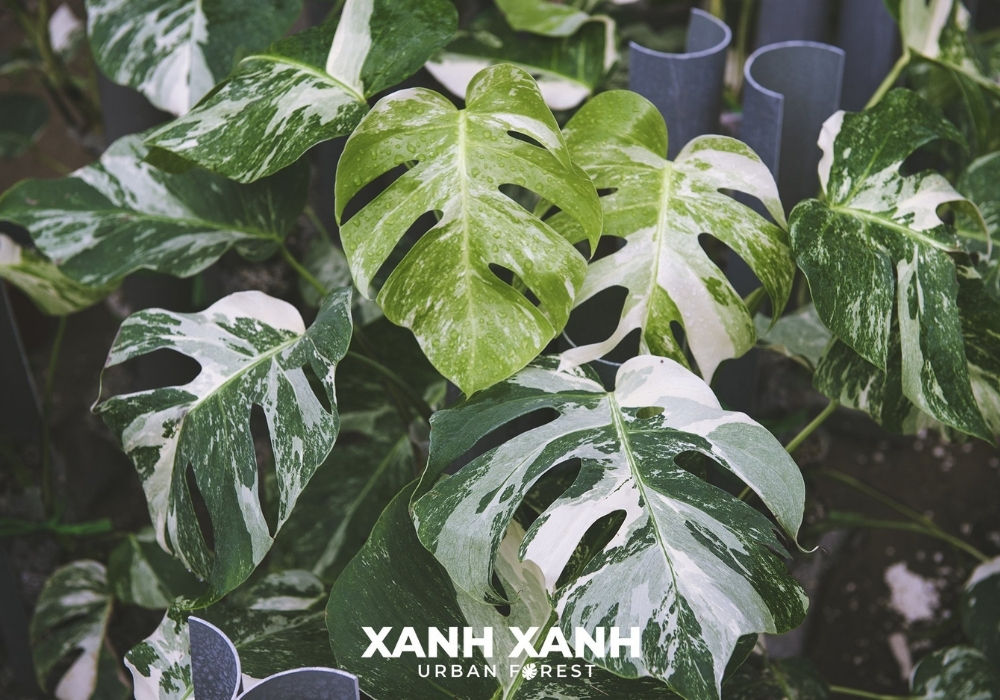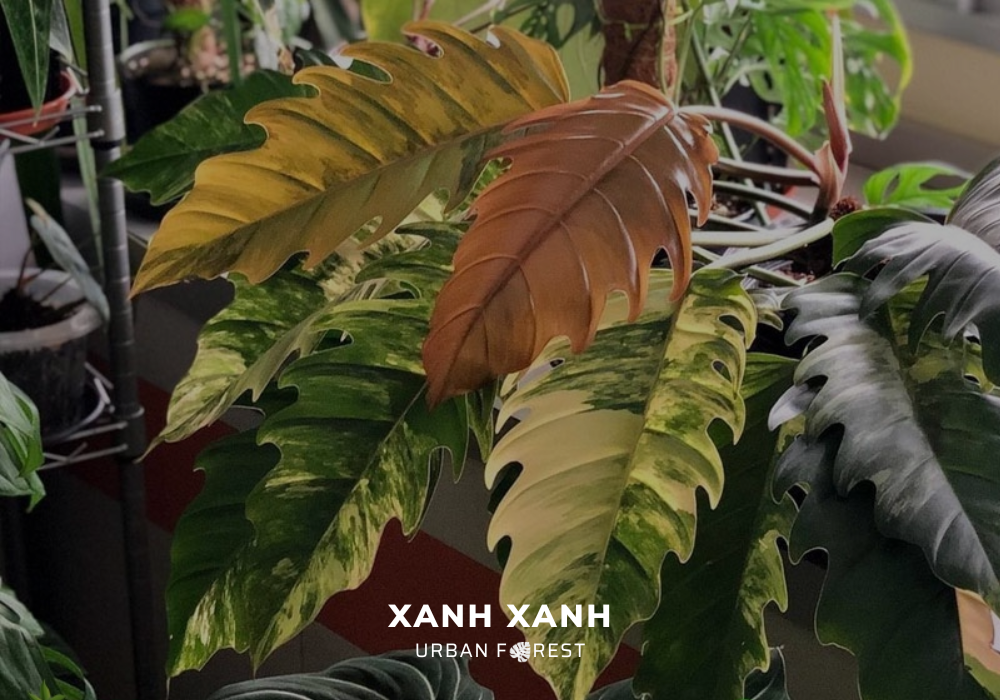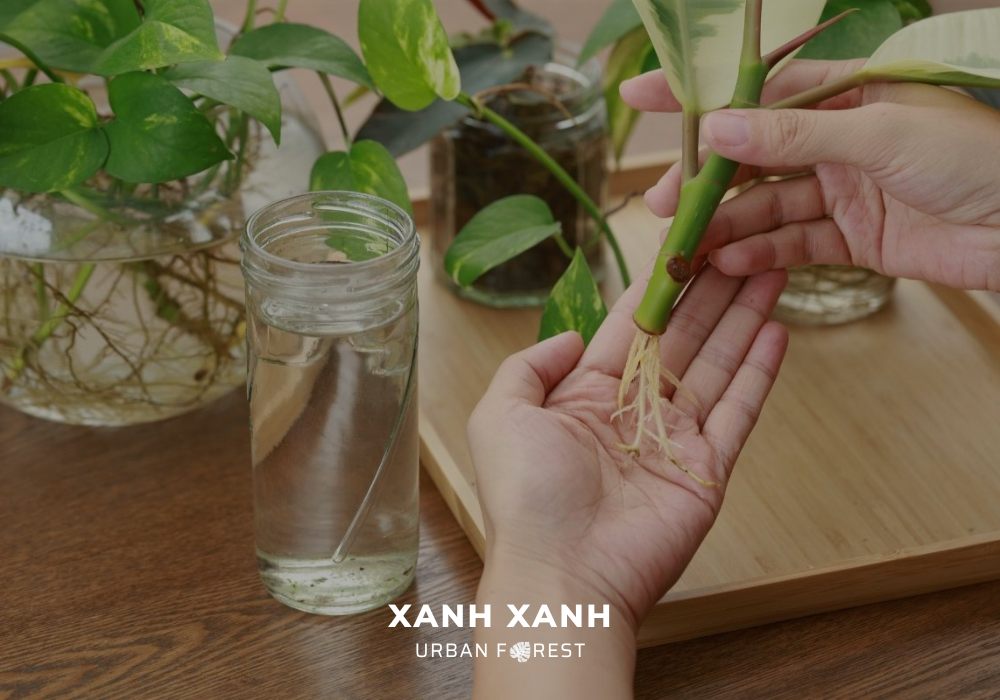Table of Contents
Gardening is the practice of growing plants, and it is a popular hobby for people of all ages and abilities. In recent years, there has been a surge in interest in gardening, as people have become more aware of the benefits of spending time outdoors and growing their own plants.
In this article below, Xanh Xanh Urban Forest will explore 5 horticulture trends that are shaping the way we garden in 2023.
Top 5 Horticulture Trends in 2023
1. The desire for unique and exotic plants

It’s no secret that houseplants have been all the rage for a while. But now, those who have had success with them are finding a fun way to expand upon the hobby: finding and collecting rare and unusual varieties. Here are some houseplant factors we foresee indoor gardeners craving in 2023:
Unusual colors
Numerous factors contribute to the rising popularity of plants with unique colorations. They may firstly provide any place with a little excitement and interest. In addition, they can be a fantastic way to express yourself and flaunt your uniqueness. Third, they can be more coveted because they are frequently harder to find.
Large leaves
Plants with large leaves are another popular trend. Any room can benefit from the energy and beauty that these plants can bring.
Hydroponic varieties
Hydroponically grown plants don’t require soil because they grow in water. In addition to being more sustainable than conventional gardening, it’s a terrific way to grow plants in a tiny area. For beginners, hydroponics is a fantastic option because it is also fairly simple.
We’ll undoubtedly see more strange and exotic plants produced hydroponically in the future. Gardeners have more environmental control because of hydroponics, which also makes it simpler to nurture plants that are challenging to grow in soil. This is so that we can grow plants in environments that would be challenging or impossible to develop in a conventional soil-based garden.
Read more: Propagating Monstera in Water: Easy Steps To Everyone Can Follow
2. Sustainable and organic gardening practices

Environmentally responsible and organic gardening techniques are crucial for preserving the environment and promoting human welfare. These techniques assist in reducing pollution, safeguarding natural resources, and producing wholesome food.
Some sustainable and organic gardening practices include:
Using compost and other organic materials to improve soil health
Compost helps to improve soil fertility, structure, and drainage. It also lessens the demand for artificial fertilizers. Gardeners can benefit from it since it provides nutrients for plants, aids in creating soil structure, and retains moisture. Composting is an environmentally beneficial practice since it reduces the amount of trash put in landfills.
Using companion planting to deter pests and diseases
A sustainable gardening method called companion planting makes use of the connections between plants to improve the environment for everyone. For instance, some plants can aid in the protection of other plants from pests and diseases, while other plants can draw in helpful insects.
Choosing plants that are suited to the local climate and soil conditions.
Another important element in designing a sustainable garden is choosing plants that are suited to the local climate and soil conditions. These plants have a higher chance of thriving without a lot of irrigation, fertilizer, or pesticides.
3. Vertical gardening

Vertical gardening is a novel and creative technique to maximize the available space, improve air quality, and reduce the urban heat island effect.
Gardening vertically can be done in a variety of ways. Vertical planters are containers that are mounted on walls and are available in a range of designs, dimensions, and materials.
Utilizing a trellis is another well-liked method. A trellis is a framework that supports climbing plants. There are numerous materials that can be used to create trellises, including metal, wood, and plastic.
4. Biotechnology

Plant gardening is being revolutionized by biotechnology, which makes it possible to develop new and improved plant types, produce uncommon plants on a large scale, and alter plants to make them more resistant to pests, diseases, and extreme weather conditions.
One of the most important biotechnological techniques for plant cultivation is tissue culture. We can grow new plants using this technique from microscopic fragments of plant life, such as leaves, stems, or roots. Plants, especially rare and endangered species, are bulk produced via tissue culture. Additionally, it is used to propagate plants that are challenging to reproduce using conventional techniques, as well as to create plants free of disease.
Another important biotechnology tool used in horticulture is “genetic engineering”. This technique allows scientists to insert new genes into plants, giving them new traits. Additionally, new plant kinds with desired features are being created via biotechnology.
5. Smart technology and artificial intelligence (AI)

AI and intelligent technologies are redefining the care and upkeep of plants by developing fresh, creative methods that boost effectiveness, production, and profitability.
According to the Commercial Greenhouse Global Market Report, innovations such as AI, automated irrigation systems, pH sensors, and climate control software are key technology trends gaining popularity in the commercial greenhouse market.
Horticulture is using smart technology more and more as greenhouse operations adapt to the benefits of robotics, automation, and AI. Even though some in the sector might be hesitant to change, those who have adopted a more autonomous operation are enjoying the rewards in the form of high-quality plants, improved plant production, lower labor expenses, and stronger profitability.
Follow Xanh Xanh Urban Forest to update the latest information about the horticulture industry.
Contact us via:

